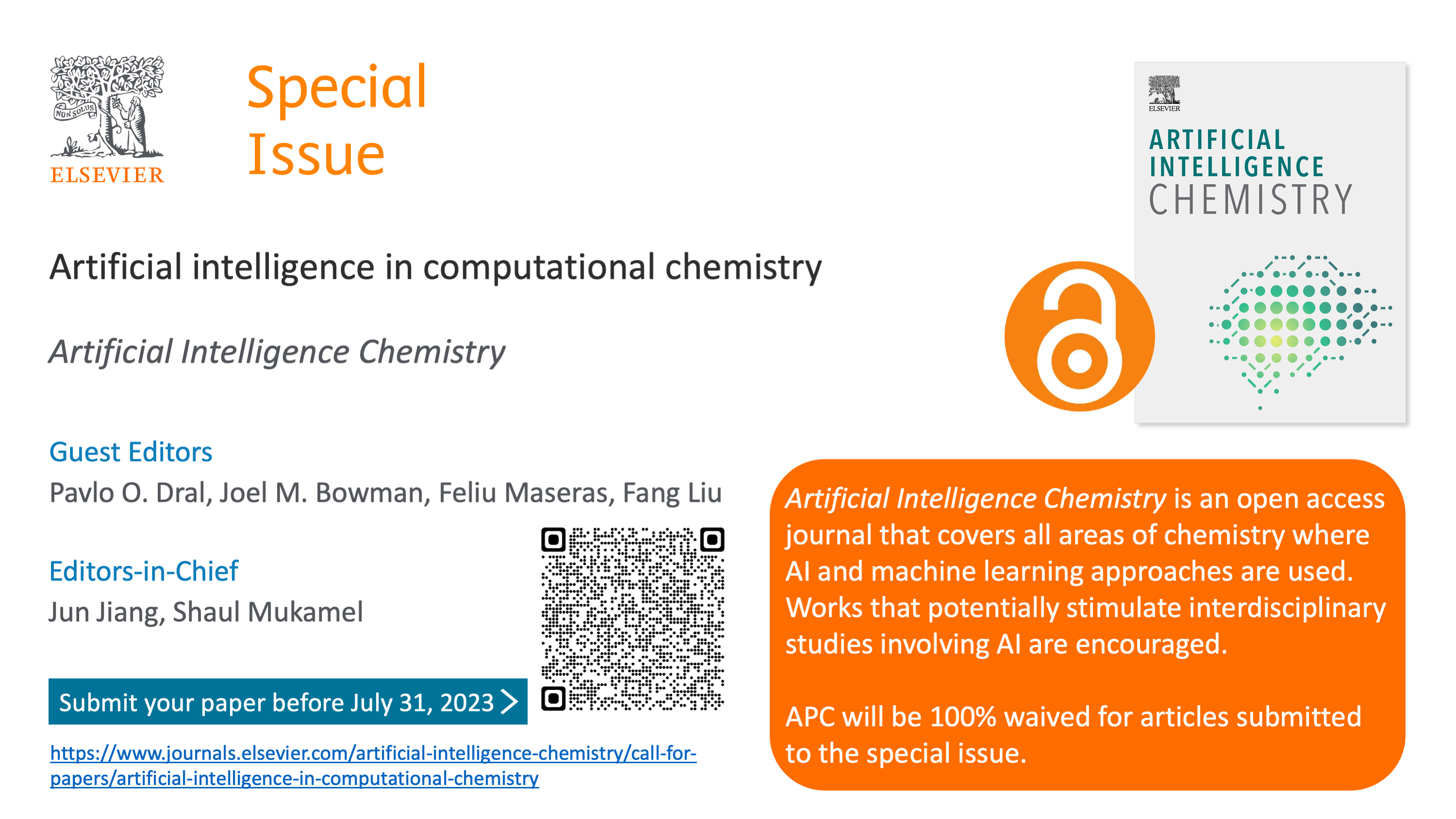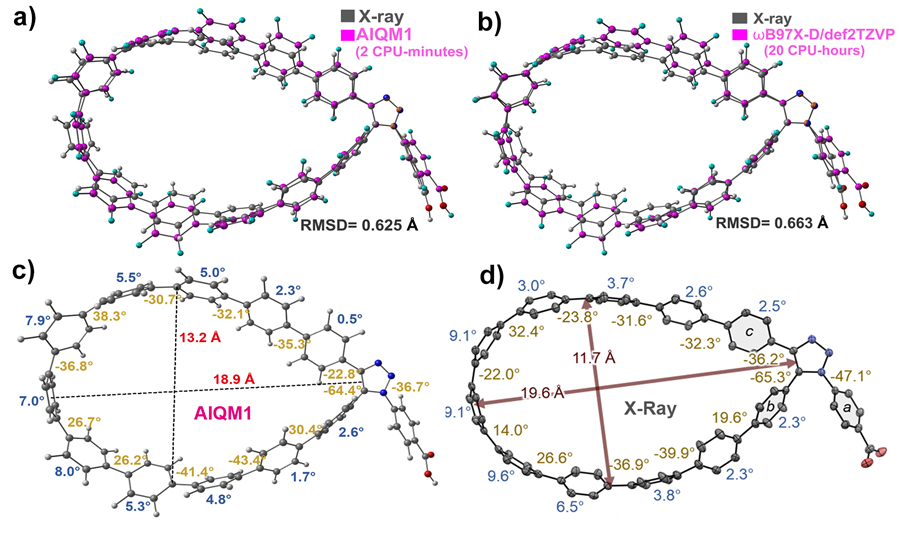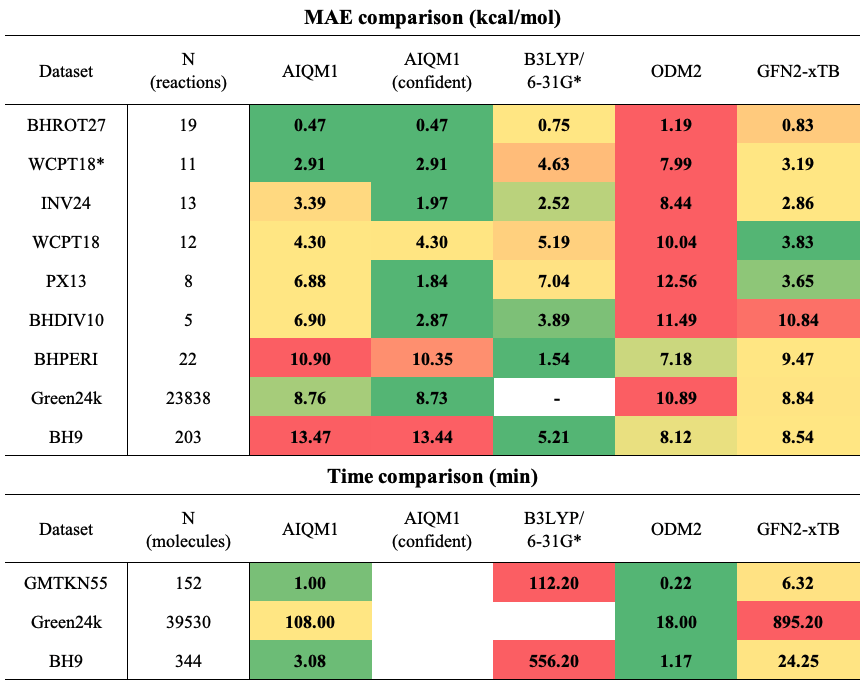Special Issue on Artificial intelligence in computational chemistry
Artificial Intelligence Chemistry – a new open-access journal – has launched a special issue Artificial intelligence in computational chemistry. Submissions to the special issue are open until July 31, 2023. Articles submitted to this issue will be published free of …
Special Issue on Artificial intelligence in computational chemistry Read more »







